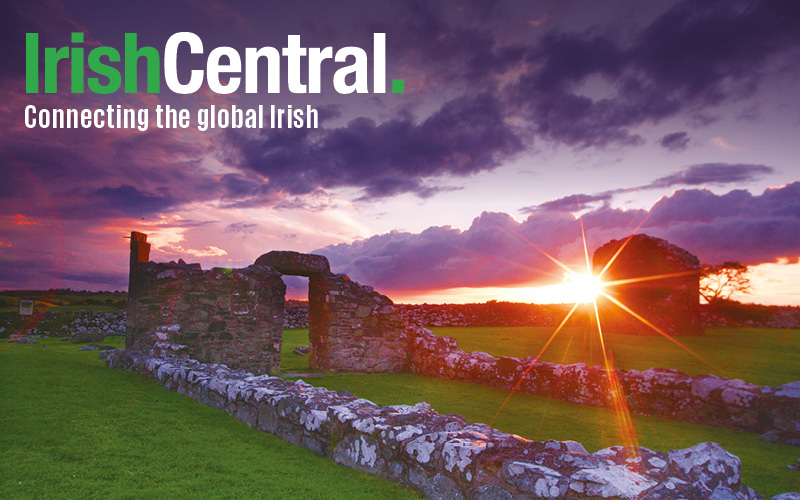1916 Irish rebel leader James Connolly, an atheist, turned to God in the final hours before his death and renewed his Catholic faith according to an unpublished book which has just come to light.
Journalist Tim Kendall has written an insightful article for the Sunday Independent newspaper outlining how his grandfather George Kendall witnessed Connolly’s renewal of his Catholicism.
The revelation is contained in a manuscript found in an old filing box of documents in England which chronicles the life of British Army chaplain George Kendall.
He was at Connolly’s side in the hours before the Citizen’s army leader was executed for his part in leading the 1916 rising against British rule in Ireland.
The proposed book, entitled ‘Daring All things – My Story’ gives a first-hand account of the capture of the rebel leaders.
Kendall explained: “My grandfather was chaplain to the 59th division of the British Army who were sent to Dublin to help put down the Rising. He describes in his memoir, completed in 1961, shortly before his death, the capture and execution of rebel leader James Connolly.”
George Kendall’s manuscript details his encounters with Connolly in the lead-up to his execution.
The chaplain wrote: “I saw James Connolly twice whilst he was in hospital, the second time being on the eve of his execution.
“Speaking to me on the first visit, he said in answer to a question of mine about his attitude – ‘You must know the saying.’ ‘What saying?’ I asked. And he replied: ‘The price of liberty is eternal vigilance.’ This too was the saying I heard as I spoke to his men in the Dublin Castle hospital.
“Listening, I felt it was not my duty to condemn, or argue. Connolly was, for years, a professed agnostic, but at the hour of death, he returned to the faith of his fathers.
“That night a Catholic priest was admitted to the hospital and he administered Holy Communion to Connolly and gave him absolution.
“Asked to pray, at the end, for the soldiers about to shoot him, he said: ‘I will say a prayer for all brave men who do their duty.’ And so he died, the last of the Sinn Feiners to be executed.”
A friend of Queen Mary, George Kendall was a Primitive Methodist Minister and was among the reinforcements rushed to Dublin in the aftermath of the 1916 Rebellion on Easter Sunday.
He wrote: “Personally, I was fond of the Irish people and therefore overwhelmed by this tragedy caused by the misguidance of the leaders of the rebellion.
“But there was another cause. Many loyal and committed men told me it was their considered opinion that the outbreak would have been impossible but for the gross and unpardonable laxity, long continued, of the Irish government at that time.”
In the manuscript, Kendall describes the drama of the unfolding Rising and eventually the capture of its leaders.
He continued: “The Mad Rising, as it was called by the Irish people, was a black one not only for Dublin and Ireland but for the whole of our empire of those days and our allies.
“I stood in the middle of blazing streets with snipers’ bullets whizzing around. I entered Liberty Hall when it was captured. I visited Dublin Castle and talked to our wounded and the Sinn Feiners. They were lying in the same wards and receiving the same treatment.”
The book also details how,
after witnessing the capture of Countess Markievicz ‘in her brilliant green male uniform’, Kendall was given her fur rug and kept it for years ‘until it perished of moth’.
Chaplain Kendall was also amongst the Army party which briefed the British prime minister Herbert Henry Asquith when he visited Dublin in the aftermath of the Rising.
An author in his own right, Tim Kendall now intends to get his grandfather’s memoirs published while his story of the First World War will be featured in a British television special later this year.




Comments